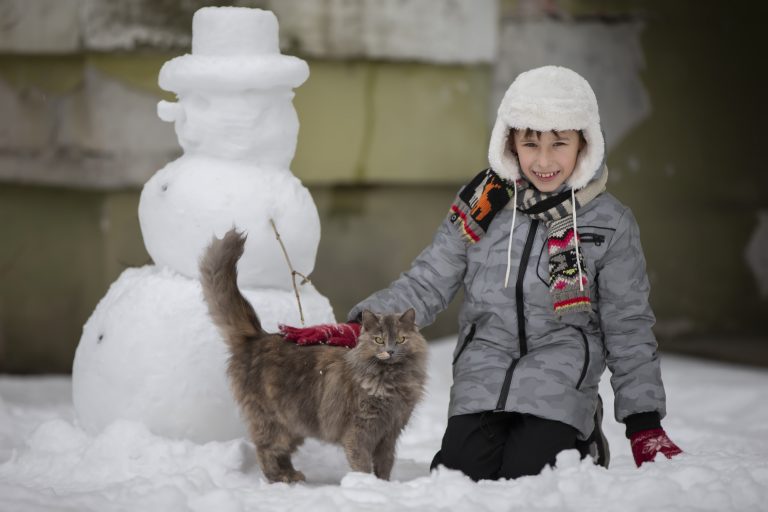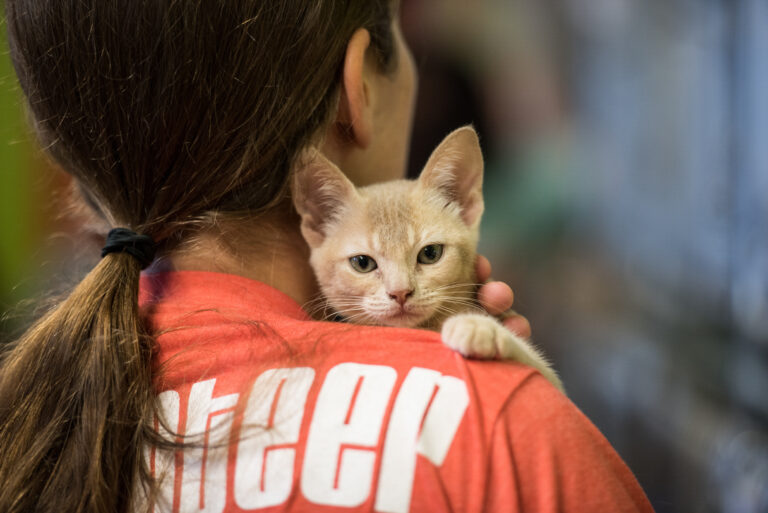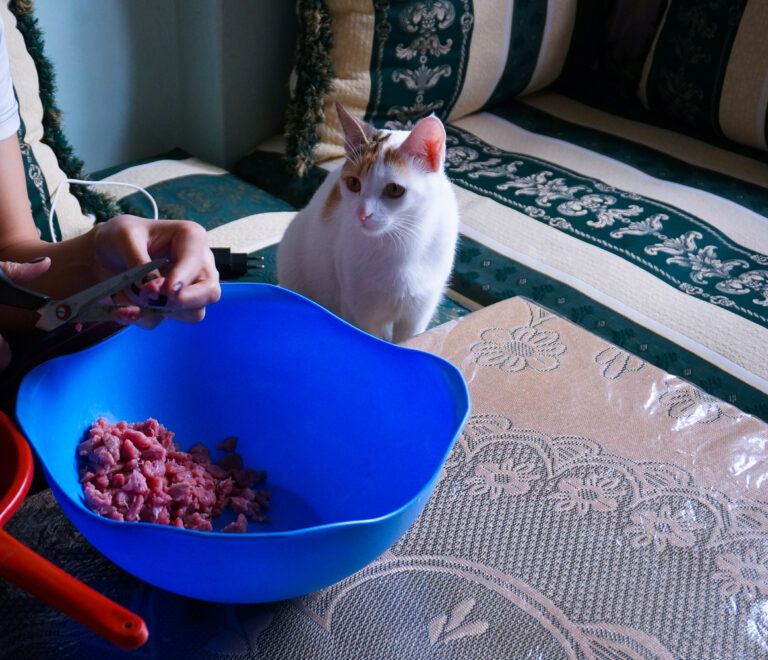Table of Contents
Maintain a Warm Environment
The most crucial aspect of caring for hairless cats in winter is maintaining a warm indoor environment. Keep your home comfortably heated to ensure your cat doesn’t get too cold. A temperature of around 75-80°F (24-27°C) is ideal for hairless cats.
Provide Cozy Sleeping Areas
Hairless cats are more prone to feeling cold while sleeping. Offer them cozy sleeping areas with soft blankets or heated beds. Ensure these areas are away from drafts and well-insulated to trap warmth.
Dress Them Up
Invest in cat clothing designed for hairless breeds. These can include sweaters, pajamas, and even booties. Choose clothing made from warm, breathable materials that won’t irritate your cat’s sensitive skin.
Monitor Their Body Temperature
Frequent checks of your hairless cat’s body temperature can help you determine if they are comfortable. Feel their ears, paws, and body to ensure they are warm to the touch. If they feel too cold, provide additional warmth.
Limit Outdoor Exposure
Hairless cats should be kept indoors during winter, as they are highly sensitive to cold temperatures. If you have an outdoor enclosure or want to allow them some outdoor time, do so only in mild weather and under supervision.
Provide Adequate Nutrition
Hairless cats may need more calories during winter to maintain their body temperature. Consult with your veterinarian to ensure their diet provides the necessary nutrients and energy for cold weather.
Regular Grooming
While hairless cats don’t require traditional grooming for their fur, they still need skin care. Bathe them as needed to remove excess oils and debris from their skin. Ensure their skin remains clean and dry to prevent skin issues.
Apply Moisturizer
Hairless cats are prone to dry skin, which can become more problematic in winter. Use a pet-safe moisturizer to keep their skin hydrated and prevent itching or flaking.
Protect Their Sensitive Skin
Hairless cats have sensitive skin that can be susceptible to sunburn and cold burns in extreme weather. Limit exposure to direct sunlight and ensure they have warm places to rest.
Consider a Humidifier
Indoor heating systems can dry out the air, which can affect your cat’s skin. Using a humidifier in your home can help maintain a comfortable level of humidity and prevent excessive dryness.
Watch for Signs of Discomfort
Pay close attention to your hairless cat’s behavior during winter. If you notice signs of discomfort, such as shivering, seeking warmth excessively, or hiding, take action to provide additional warmth and comfort.
Consult with a Veterinarian
If you have concerns about your hairless cat’s well-being during winter, consult with a veterinarian who is experienced in caring for hairless breeds. They can provide guidance on specific needs and potential health issues to watch for.
Social Interaction
Hairless cats thrive on human companionship, and spending quality time with them can help keep them mentally and emotionally engaged during the colder months. Interactive play and cuddle sessions are excellent ways to bond and keep your cat happy.
Keep Their Bedding Clean
Regularly wash your hairless cat’s bedding to prevent the buildup of oils and dirt that can lead to skin issues. Use mild, fragrance-free detergents to avoid skin irritation.
Be Prepared for Emergencies
In case of power outages or severe weather conditions, have a backup plan to keep your hairless cat warm. Emergency heating sources, such as heated blankets or hot water bottles wrapped in towels, can be used temporarily.
In Conclusion








